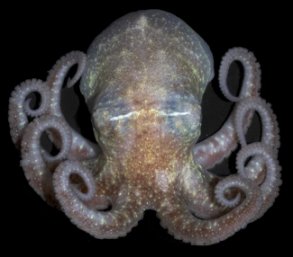
On Friday and Saturday, I spoke at the Christian Home Educators of New Hampshire convention. It was held at a very nice resort in the town of Laconia, New Hampshire. The resort was right on a lake, so the views were beautiful. Indeed, my Saturday talks were held in a large room that had huge windows and a great view of the lake. I expect people were enjoying the view more than my talks! Even so, there were some great questions, and because it was a smaller convention, I got to spend a lot more time talking to people one-on-one.
The conference started on an incredibly memorable note. I was sitting at a table in the vendor hall waiting for my first talk to begin, and a young woman who was in her 20’s came up to me and asked if I was Dr. Wile. When I told her that I was, she introduced herself, giving me her married name and her maiden name. I seemed to recognize the maiden name, but I couldn’t place it. Then she told me her story. Back when I owned a publishing company, I used to have a “Science Question of the Week” competition on the company’s website. I would post what I thought was a challenging science question, and I would invite students 18 or younger to answer the question. After 12 questions, whoever had the most correct answers got to choose from a list of four prizes, typically bought from the Edmund Scientifics catalog.
This young lady told me that she was a past winner of the contest. That, of course, told me why I recognized her maiden name. She said that she chose a Galileo thermometer as her prize and had treasured it for many years. Well, not too long ago, she was cleaning the shelf where it was stored and broke it. Even though she is now an adult with young children of her own, she actually sat down and cried over the loss! Her grief must have been evident, because her husband ended up buying another one to replace it.
Her story meant a lot to me. I thoroughly enjoyed my time working on the Science Question of the Week, but I had no idea that it meant so much to (at least some of) the students who participated in it. It just goes to show that when you work with students, you never know how you will touch them. Never in a million years would I have thought that the contest meant so much to a student that even as an adult, she would be emotionally affected by the loss of a $30 prize. Teachers and homeschooling parents, take this as a lesson. The things you do that you think are small and insignificant might affect your students in an incredibly powerful way!
Continue reading “The Christian Home Educators of New Hampshire Convention”





